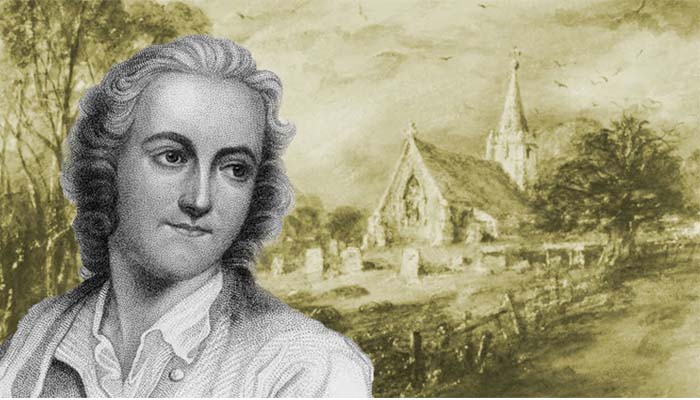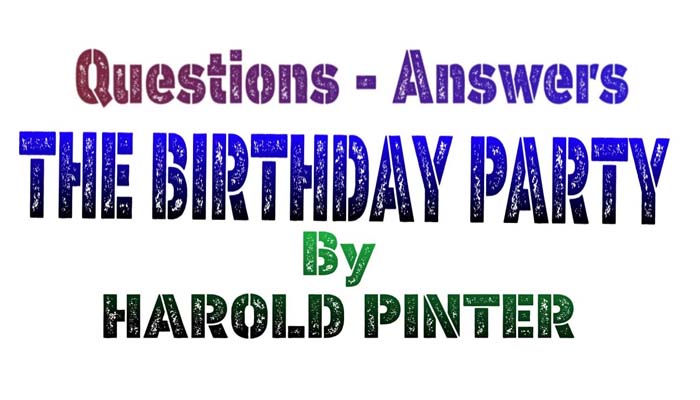
Write a Critical analysis of Elegy Written in a Country Churchyard by Thomas Gray
Inception
Thomas Gray’s poem “Elegy Written in a Country Churchyard”, was written in 1750 and first published in 1751. Thomas Gray was born on December 26, 1716, in London, England and He died on 30 July 1771, at the age of 54 in Cambridge, England. He was a self-critical writer who published only 13 poems in his lifetime. The origin of the poem is unknown, but it was partly inspired by the death of the poet Richard West in 1742 who was Thomas Gray’s friend. The original title of the poem was “Stanzas Wrote in a Country Church-Yard”, the poem was completed when Thomas Gray was living near St Giles’ parish church at Stoke Poges at the time.
Critical Analysis of Elegy Written in a Country Churchyard
The setting of the poem is the mid-1700s, about a decade before the Industrial Revolution began in England. The place is the cemetery of a church. Evidence indicates that the church is St. Giles, in the small town of Stoke Poges, Buckinghamshire, in southern England. English poet Thomas Gray himself is buried in that cemetery. “Elegy Written in a Country Churchyard” belongs in the genre Nature, Philosophy, Religion. The poem “Elegy Written in a Country Churchyard” has 128 lines and 32 stanzas. “Elegy Written in a Country Churchyard” is written in rhymed quatrains or four-line stanzas. Many literary devices have been used in the poem, they are Alliteration, Imagery, Allusion, Metaphor, Meter, and Personification. The poem employs a steady, fluid iambic pentameter, meaning each line has five feet in a da-DUM rhythm. It follows a traditional, ABAB rhyme scheme which is typical of long-form poems.
The main themes of “Elegy Written in a Country Churchyard” Transformation of Life and Death the Great Equalizer, Missed Opportunities, Virtue, Memory and the Past, Human and the Natural World, Society, and Class, Isolation, and the Importance of Love.
Thomas Gray’s “Elegy Written in a Country Churchyard” is a well-known poem about death in all European literature. The poem depicts an observer crossing a churchyard outside the country and pausing for a moment to think about the significance of a stranger buried there. Describe a token used to commemorate death in this poem, the cemetery acts as a memento mori, reminding the narrator of the reason for not paying too much attention to this life because one day he too will die and be buried.
It is quite gloomy, a “memento mori” poem, which means to contemplate one’s own mortality. The speaker of the poem is surrounded by the concept of death and there are innumerable images showing the difference between death and life throughout the first seven pillars. After mentioning the “Churchyard” in the title, which establishes the theme of death, the poem begins with a picture of darkness and finality.
Elegy Written in a Country Churchyard Critical Analysis
Throughout the poem “Elegy Written in a Country Churchyard”, Thomas Gray develops the idea that death has every turn. He wants to present that lower-class members also deserve praise during the autopsy investigation. Their simple unreadable graves give a clue to the miserable lives of the people buried there. Poets refrain from praising the qualities of the rich and famous because they enjoyed fame while they were alive. He likes to acknowledge the morality and decency of those who have lived contentedly despite their sorrows.
Significantly the place at the end of the poem to focus on Gray’s own reflection is how the people will remember him as a poet. Elegy is usually a poem that centers on the death of a particular person, Gray uses the elegiac form to explore death as an experience of the universe that mankind must understand and accept. Elegies can take any poetic form, the gently rolling area of the country cemetery is reflected in the regularity of the gray paint diameter and the broom, blending the syntax and the senses naturally.
Two views of the poem Stanzas and Elegy have reached the point of death separately. The first has a strong reaction to the death, but the final version has an epitaph that helps suppress the narrator’s fear of death. Epitaph in Elegy written in a country churchyard is Important a lot Because it expresses its essence and presents its essence to everyone.
Also read: Othello Summary and Themes






